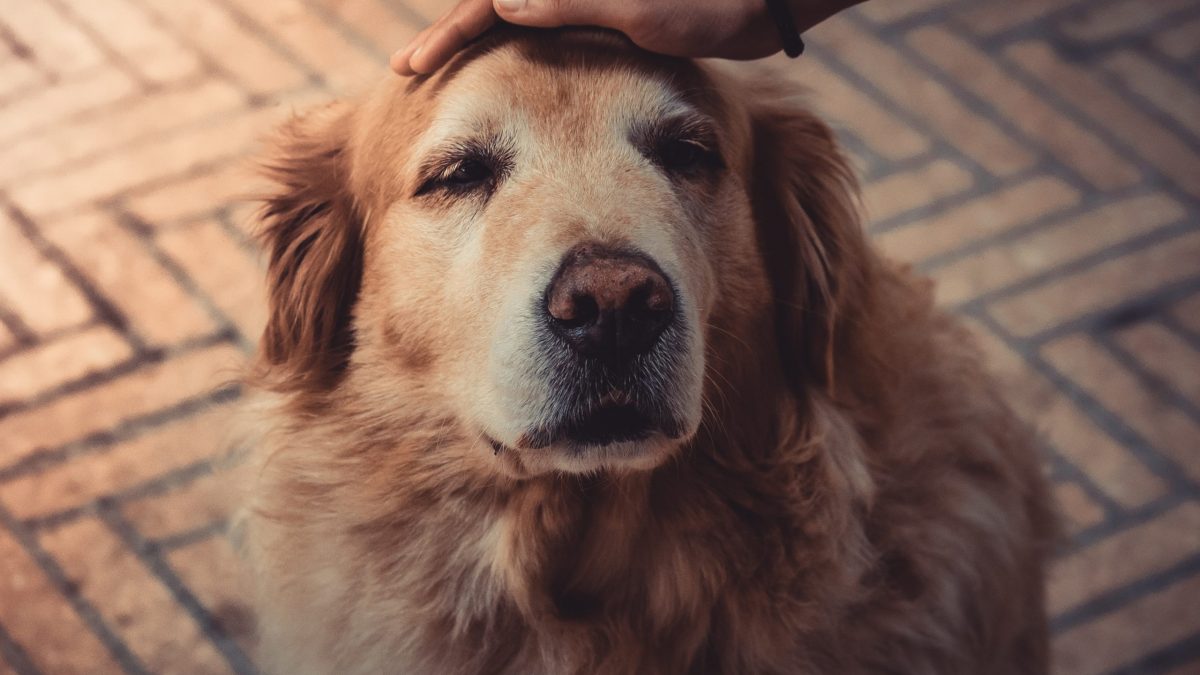Canine diabetes is a serious illness for dogs, and it’s on the rise. To better expand your dog care knowledge, we’ve got the rundown on what you need to know about diabetes in dogs.

Manage canine diabetes is through consistent exercise.
What Is Canine Diabetes?
Before getting into what canine diabetes is, learning about some of the digestion processes will help! When a dog eats carbohydrates, the food breaks down and nutrients convert to the energy needed for cell function.
Two chemicals, glucose, and insulin, have a major role in the conversion of energy. The intestine absorbs glucose, a sugar, and passes it to the bloodstream where it can travel throughout the body.
The pancreas releases insulin, a hormone that signals cells to absorb glucose. Cells need insulin to absorb the glucose, but if there isn’t enough insulin to go around, it gets left in the bloodstream.
To put it simply, canine diabetes is when a dog lacks insulin, which can happen in two ways. The most common form of diabetes in dogs is insulin-deficiency diabetes, which happens when the pancreas isn’t creating enough insulin.
The second form, insulin-resistant diabetes, is when insulin is released, but the body isn’t responding. No matter the form, diabetes in dogs is manageable once diagnosed!
1. Is Your Dog at Risk?
All dogs can suffer from canine diabetes, but some are more at risk than others.
Dogs at risk of diabetes are:
- Of middle age and older, usually from ages 7-10 (but depends on the breed)
- Obese
- Certain breeds, including Labrador retrievers, dachshunds, and golden retrievers
- Female
- Experiencing other health issues like auto-immune disorders, Cushing’s disease, and pancreatitis.
Complications of diabetes in dogs can lead to heart disease, liver disease, and kidney disease.

Signs of canine diabetes aren’t always obvious.
2. Symptoms of Canine Diabetes
For some dogs, diabetes may not present itself right away. But when your dog starts to show signs of canine diabetes, here is what to look out for:
- Increased thirst
- Frequent urination
- Sudden weight loss
- Increased hunger
- Sluggish or tired behavior
- Cloudy eyes
Since the lack of insulin causes diabetes, less energy to cells means less energy for your dog. Instead of glucose being used for energy, the body uses fat and protein from muscles, which means your pup is shedding pounds (but not healthily and sustainably).
The body tries to expel the surplus of glucose by flushing it out in the urine. And if your dog is peeing more that means they need to drink more to stay hydrated! The best thing to do if your companion shows signs of diabetes is to take them to the vet.
3. Treatment and Managing Diabetes in Dogs
Canine diabetes isn’t curable, but dog parents can easily manage it through diet, exercise, and medications. The vet will run blood and urine tests to diagnose your pup. Diabetes in dogs is easy to control when you catch it early on.
Sometimes, your dog may need glucose monitoring and insulin injections, but don’t worry, caring for your diabetic doggo has become a lot easier over the years! A consistent exercise routine maintains glucose levels and helps prevent extreme spikes and drops.

Canine diabetes is manageable when caught early.
Your Dog Can Still Live a Long Happy Life With Canine Diabetes
The foods your dog eats impacts the way their body breaks down nutrients. Making sure your canine friend burns off calories can also protect them from canine diabetes. With the right routine, your dog can still live a normal life with canine diabetes.
Need nutritious treats to include in your dog’s health routine? Our Soft-Baked, Grain-Free Pumpkin and Soft-Baked, Grain-Free Bacon treats are full of fiber and heart-healthy vitamins!
Keep the treats coming and save up to 10% when you sign up for our newsletter. Get more bang for your buck, you get up to 40% off and enjoy free shipping on all orders over $40 when you subscribe and save!





